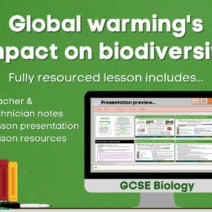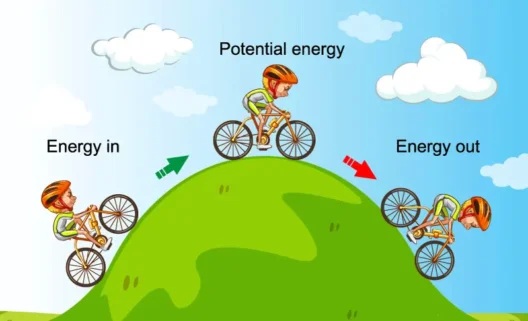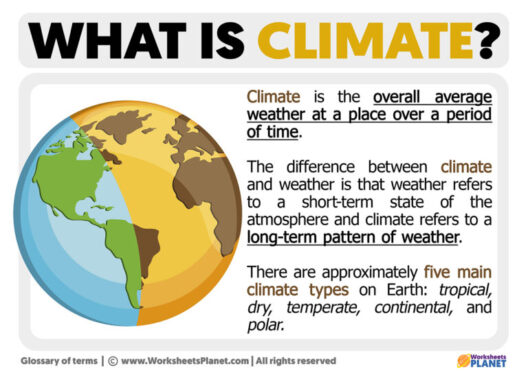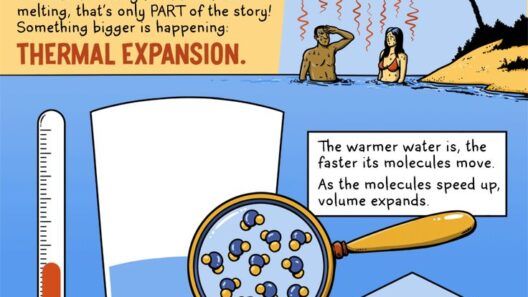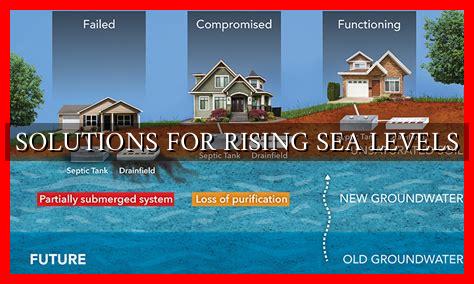Rising sea levels are an undeniable byproduct of climate change, primarily driven by the melting of polar ice and thermal expansion of seawater. These phenomena are escalating due to increased greenhouse gas emissions, primarily from human activities. The potential impacts of higher oceans on the planet are profound and far-reaching, affecting not just coastal communities but ecosystems, economies, and global weather patterns. Understanding these repercussions helps illuminate the intricate relationship between human activity and the environment, prompting urgent discussions on sustainability and climate mitigation.
Coastal Erosion: The Silent Assassin
One of the most immediate consequences of rising sea levels is coastal erosion. As the ocean encroaches upon shorelines, it carves away land at an alarming rate. This process disrupts habitats for both wildlife and humans. Coastal ecosystems, such as mangroves and salt marshes, are particularly vulnerable. These regions serve as crucial buffers against storms and provide habitats for various species, including fish and birds. When these ecosystems erode, not only does biodiversity decline, but communities lose natural barriers that protect them from devastating storm surges.
The socio-economic facets of coastal erosion are equally concerning. Many urban areas are situated in low-lying coastal regions. The economic infrastructure, including ports, tourism industries, and residential properties, is at significant risk. Cities like Miami and New Orleans are already experiencing the early repercussions of higher ocean levels, with increased flooding becoming a routine consequence. Resilience measures may offer temporary relief, but without systemic changes to carbon emissions and urban planning, the long-term outlook remains bleak.
Displacement and Migration: A Humanitarian Crisis
Rising sea levels also pose a significant humanitarian challenge. As coastlines disappear and severe flooding becomes increasingly common, many individuals and families will be forced to abandon their homes. The phenomenon known as “climate refugees” is expected to surge in the coming decades. People from vulnerable areas, particularly in developing nations, will be compelled to migrate inland or to other countries, leading to social and political tensions.
This exodus can generate immense pressure on urban centers that are already grappling with their own challenges, from housing shortages to job availability. The intermingling of cultures can enrich societies; however, if not managed sustainably, it may ignite xenophobia and conflict. Policymakers must recognize the impending influx of climate refugees and strive to create equitable solutions that address the root causes of migration while safeguarding human rights.
Saltwater Intrusion: A Subtle Threat
Saltwater intrusion is another insidious yet severe impact of rising sea levels. As the sea rises, the delicate balance of freshwater aquifers is disrupted, leading to the infiltration of saltwater into drinking water supplies. This phenomenon threatens agriculture, as crops require freshwater to thrive. Farmers in coastal regions face a dual threat: inundated farmland and compromised irrigation. The implications extend to food security, particularly in regions reliant on agriculture for sustenance.
Innovative solutions, such as desalination technology and improved water management practices, are critical. However, the investment required is substantial, and many regions may lack the necessary resources. Therefore, addressing the roots of climate change becomes an urgent necessity. Without comprehensive global efforts to cut greenhouse emissions and enhance adaptive capacities, the risk of saltwater intrusion will only escalate, leading to dire consequences for coastal populations.
Impact on Marine Ecosystems: The Ripple Effect
The implications of rising sea levels extend beyond terrestrial realms and deeply infiltrate marine ecosystems. Coral reefs, often termed the “rainforests of the sea,” are particularly susceptible to changes in oceanic conditions brought by climate change. Increased water temperatures and changing salinity levels lead to coral bleaching, jeopardizing the intricate balance of marine biodiversity. Healthy coral reefs serve as nurseries for myriad fish species and protect shorelines from erosion.
As marine biodiversity diminishes, the ripple effects can impact entire food chains. Overfishing and habitat destruction exacerbate these issues, as ocean health declines. Local fishing communities, relying on stable fish populations for their livelihoods, face economic instability. Sustainable fishing practices and marine protected areas can help mitigate these effects; however, a concerted global effort is necessary to ensure that marine ecosystems can withstand the pressures imposed by anthropogenic climate change.
Increased Storm Intensity: The Fury of Nature
Rising sea levels contribute to the enhanced intensity of storms. Higher ocean temperatures fuel more powerful hurricanes and cyclones, as they provide the energy necessary for these weather systems to grow. Coastal communities that once weathered storms with relative ease now face unprecedented threats. The frequency and severity of flooding events are projected to increase, leading to more significant damage, loss of life, and economic repercussions.
Infrastructure will need to adapt to these changing weather patterns. Investments in resilient building practices and strategic urban planning will be necessary to mitigate the risks posed by intense storms. Additionally, emergency preparedness plans must evolve to accommodate increased flooding scenarios and ensure that communities can respond effectively to such natural disasters.
Conclusion: A Call to Action
The potential impacts of rising sea levels raise questions about responsibility and collective action. It is imperative to foster global collaboration to address climate change through policy, public awareness, and sustainable practices. The clock is ticking, and the consequences of inaction can no longer be ignored. Each person plays a role in this fight; small changes can yield significant impacts. Our planet’s resilience depends on our willingness to act, adapt, and preserve our natural environment for generations to come.

